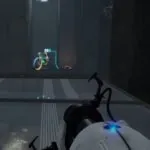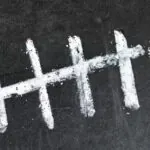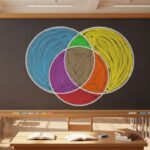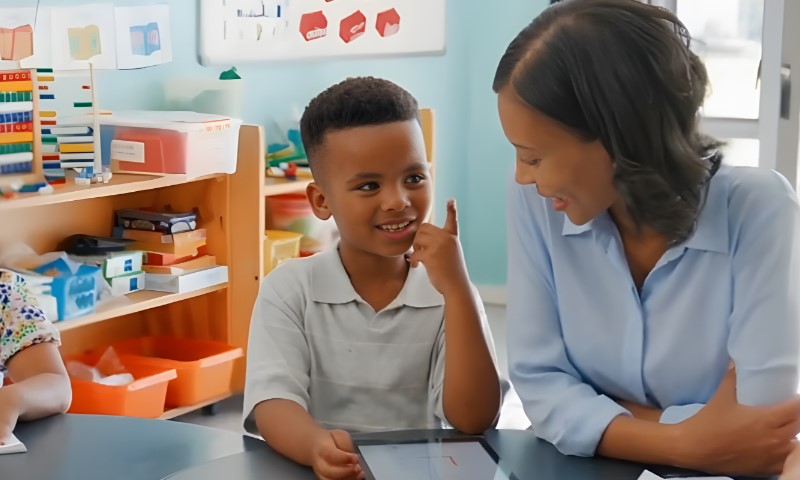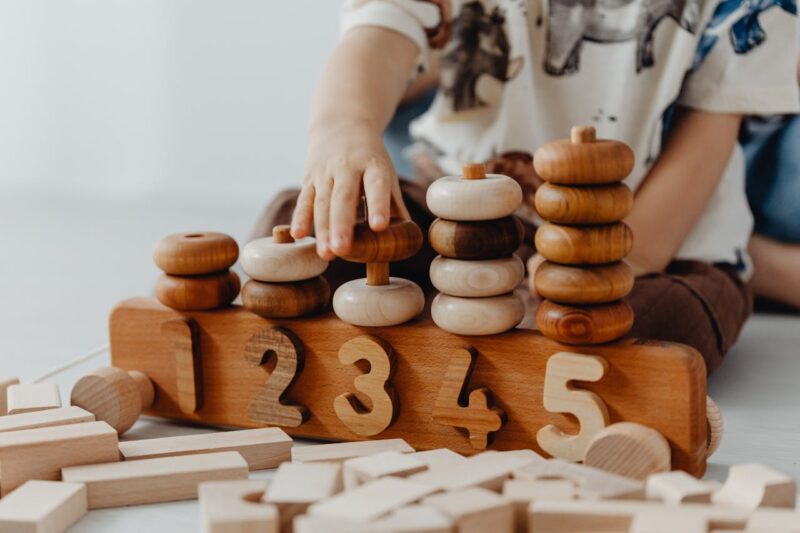
Share Post:
When the rain starts tapping on the windows and outdoor plans go sideways, there’s usually a scramble to keep kids busy—and preferably off screens.
But hear me out: rainy days might be the best chance you’ll get to turn everyday boredom into something that’s actually fun and sneakily educational.
Math gets a bad rap sometimes, but when it’s tied to baking cookies, building LEGO towers, or tracking the weather, something clicks. Kids stop thinking of it as “math” and just get into the activity.
Let’s break down some of the best indoor math ideas out there—stuff that’s low-prep, flexible for different ages, and, most importantly, enjoyable enough that your kids might not even realize they’re building serious skills.
A Quick Look
| Activity | Math Concepts | Best For Ages | Supplies Needed |
| Build a Rain Gauge | Measurement, averages | K–8 | Plastic bottle, ruler, marker |
| Rainy-Day Scavenger Hunt | Tallying, graphing, skip counting | All Ages | Notebook, pencil |
| Weather Chart | Data collection, medians | All Ages | Graph paper |
| Weather Probability | Percentages, forecasting | 3–8 | Calculator, weather data |
| Track Rain Duration | Time, estimation | K–5 | Clock, timer |
| Indoor Games | Arithmetic, logic | K–5 | Board/card games |
| I Spy Math | Counting, pattern spotting | K–3 | Worksheets, colored pencils |
| Color by Number | Arithmetic, number sense | K–3 | Printouts, crayons |
| Play Dough Math | Operations, shapes | Pre-K–2 | Play dough |
| STEM Rain Challenge | Geometry, measurement | 3–8 | Paper, tape, water, figure |
| File Folder Games | Counting, number order | K–3 | Folders, printed games |
| I Have, Who Has | Mental math, sequences | K–5 | Game cards |
| Baking Math | Fractions, ratios, symmetry | All Ages | Measuring cups, ingredients |
| Measure Rain in Jar | Data recording | K–5 | Jar, ruler |
| LEGO Math | Patterns, number models | K–5 | LEGO bricks |
| Make Play Dough | Measuring, ratios | Pre-K–3 | Flour, salt, water |
| Slime Experiments | Measurement, graphing | K–5 | Slime ingredients |
1. Build and Use a Rain Gauge

You’ll need a clear plastic bottle, scissors, ruler, permanent marker.
Cut the top off the bottle and invert it to make a funnel. Mark the bottle in centimeters, and set it outside to collect rain. Kids can measure rainfall each day and write it down in a notebook or on a chart.
You can layer in complexity by comparing rain across days, calculating weekly totals, or converting between units. A great hands-on intro to statistics and weather science.
2. Rainy-Day Scavenger Hunt with Math Twist
List items that change in the rain—puddles, wet leaves, earthworms. After the rain, tally how many of each you find. Then help kids turn the data into bar graphs or pie charts.
Even better? Make it active. Have your child jump over puddles while skip-counting by twos or fives. It blends math, movement, and that pent-up rainy day energy.
3. Create a Long-Term Weather Chart
Keep a log of daily weather for a week or month: rain or no rain, temperature, wind, cloud type. Chart it using line or bar graphs.
Great for introducing data interpretation without feeling like a lesson.
4. Explore Probability with the Weather
Look up weather forecasts and compare them to historical averages. What’s the chance it’ll rain tomorrow? Next week? How often does it rain in May?
Older kids can crunch the numbers, while younger ones can color in a calendar or use “weather cards” to simulate outcomes. It makes probability concrete.
Understanding probability can be complex. A math tutor can offer personalized explanations to help solidify these concepts.
5. Time the Rain
When the rain starts, start a stopwatch or make a note. When it ends, calculate the total. Then have your child guess how long an hour feels and compare with a timer.
Teaches that time isn’t just numbers on a clock—it’s something you can observe, compare, and measure.
6. Indoor Math Games (Board and Card Style)
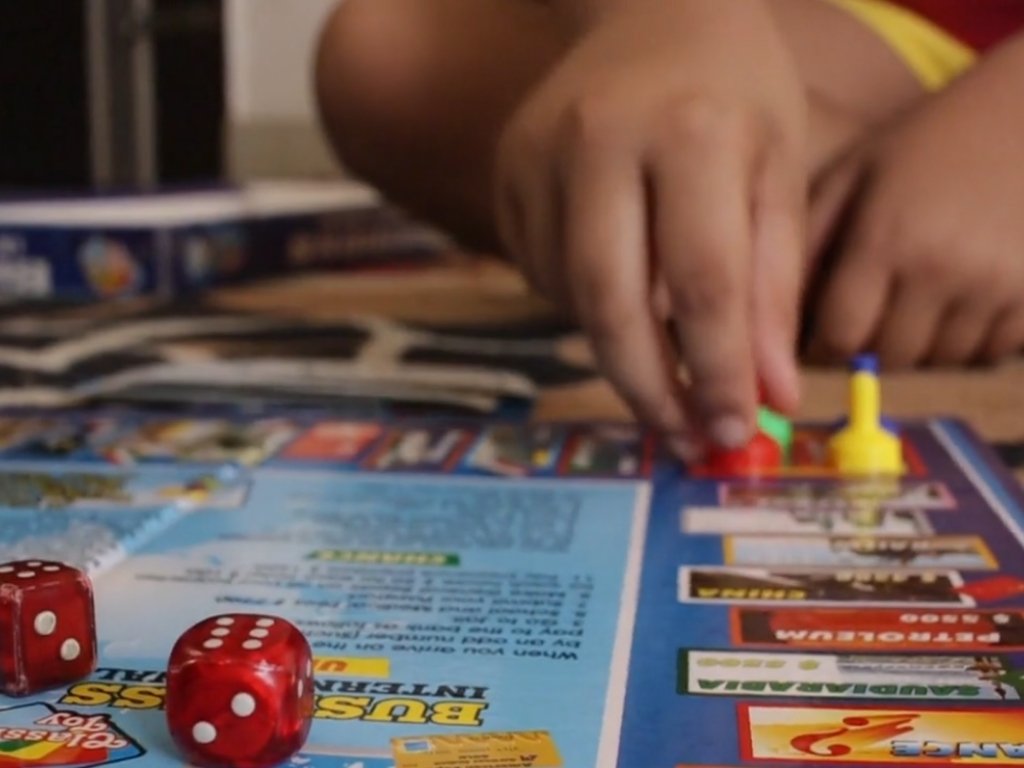
Think Uno, Monopoly, or even a homegrown math bingo. For older kids, try Sudoku or logic puzzles. For younger ones, try “war” with cards but compare the sums or differences instead of just face value.
Games remove pressure and let kids explore numbers without a worksheet in sight.
7. I Spy… With a Math Lens
Find worksheets or images filled with numbers, shapes, or objects. Ask kids to find, say, all the triangles or all the pairs that add up to ten.
It’s low prep and great for developing attention to detail.
8. Color by Number (With a Math Boost)
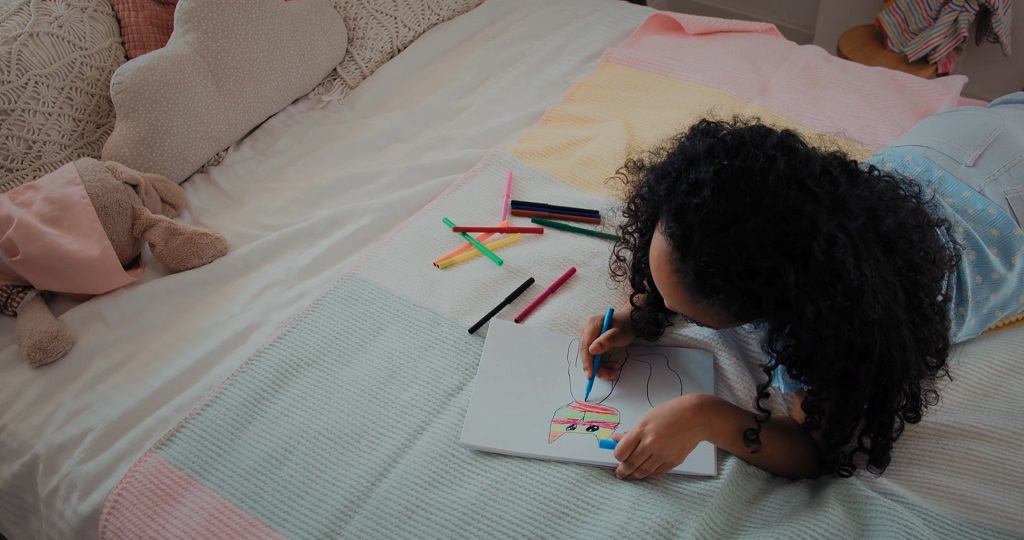
Instead of just coloring by number, add equations. So red might be all the answers to “5+2,” while green is “3×3.”
9. Play Dough Math
Give them balls of play dough and ask them to create numbers, count pieces, or solve simple addition/subtraction by combining or separating lumps.
Perfect for preschool through early elementary.
10. Build STEM Rain Structures
Challenge kids to build a mini umbrella or shelter that protects a paper figure from simulated rain (a watering can works great). Use tape, paper, straws, or cardboard.
It’s messy, creative, and builds problem-solving skills without needing a worksheet.
11. File Folder Math Games
You can DIY or download pre-made ones online. They usually focus on specific skills—addition, patterns, sequencing—and are great for kids to work through solo.
Keep a stack handy for anytime math practice, especially when screen-free time is needed.
12. “I Have, Who Has?” Game
Each kid gets cards: one side has a math problem, the other has an answer. “I have 6. Who has 3+2?” and so on.
It’s fast-paced and perfect for groups or classrooms, but even two players can make it work.
13. Bake Something with Math
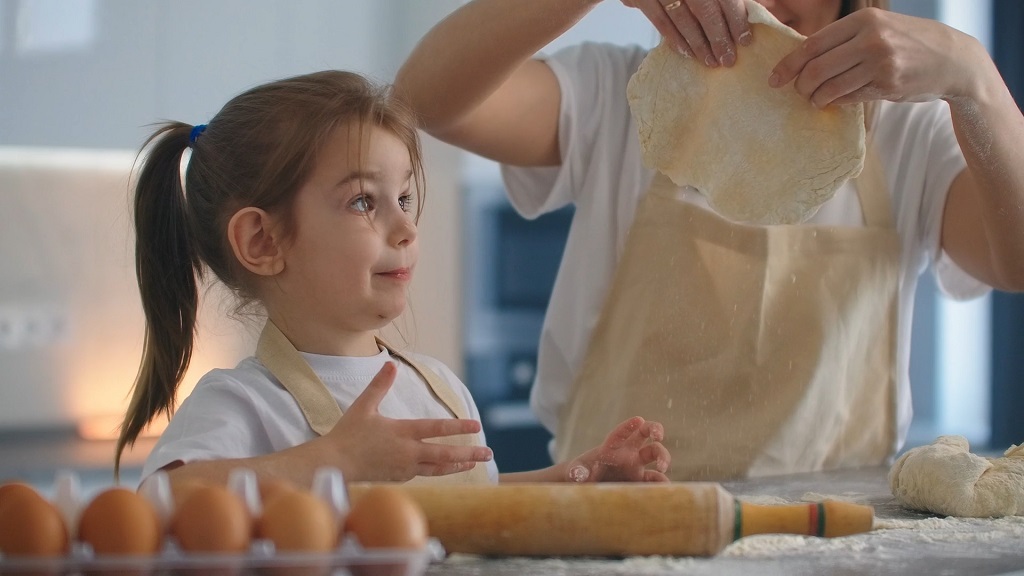
Have your kids measure ingredients, double a recipe, or cut it in half. When the cookies are out of the oven, you can graph how many chocolate chips are in each one—or arrange decorations in symmetrical patterns.
The bonus? Snacks. And a sense of ownership that makes the math more personal.
14. Measure Rainfall in a Jar
No bottle handy? Just use a straight-sided jar and a ruler. Measure the water after a storm and mark it. Repeat each day and chart the difference.
You can talk about centimeters vs. millimeters or compare rainfall to nearby towns using local data.
15. LEGO Math Challenges
Give a task like “build a tower with exactly 24 blocks” or “use only red and yellow bricks in a repeating pattern.” Older kids can solve multiplication problems using the pegs on top.
Kids naturally explore ratios and spatial reasoning without even realizing it.
16. Make Your Own Play Dough (with Math)
Mix flour, salt, water, and food coloring. Have your child measure everything, then test different ratios to see how texture changes.
It’s a mini science lab with math built into every step.
17. Slime + Math = Win
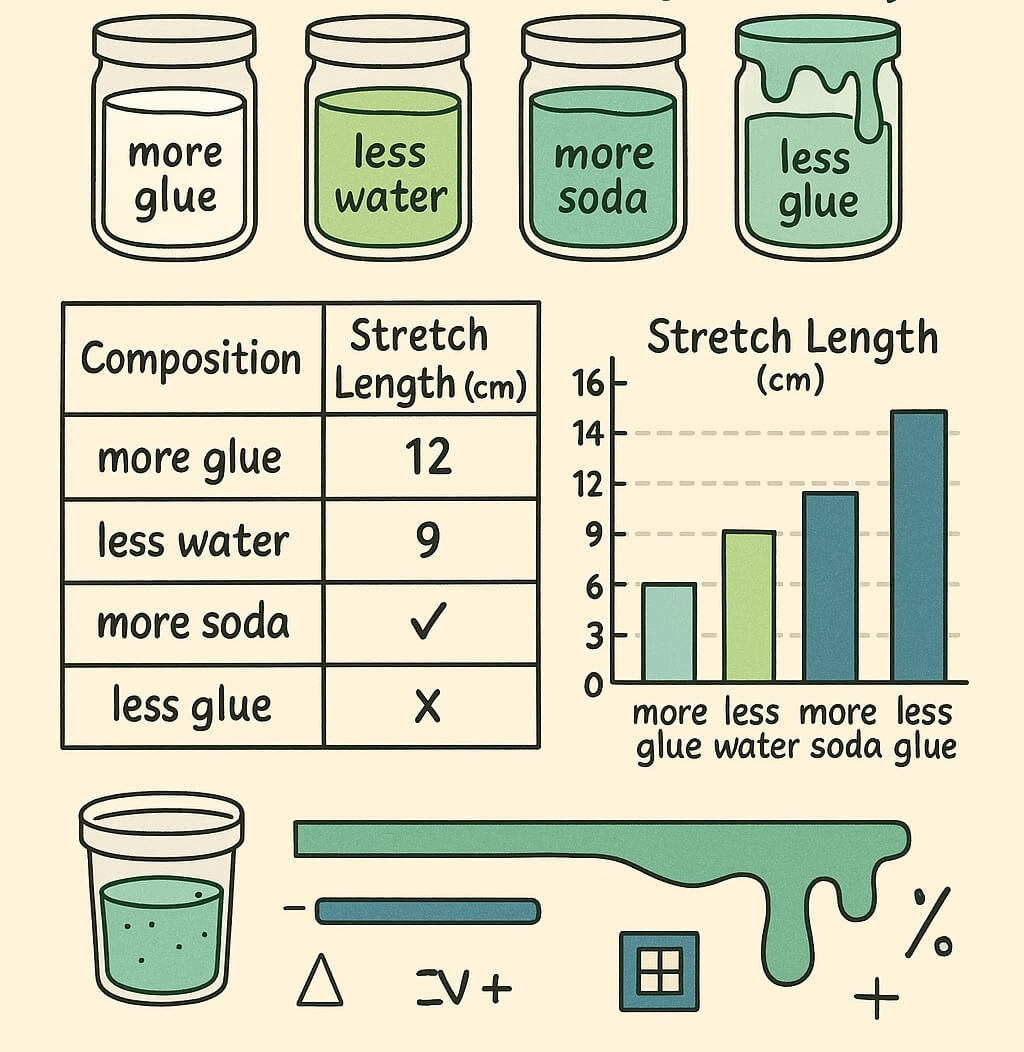
Combine slime ingredients and record what happens with each variation—more glue, less water, etc. Graph which version stretches the longest or holds its shape the best.
Kids love slime already. Adding math gives the mess some meaning.
Why Math Is a Great Fit for Rainy Days
Rainy days naturally bring a slower pace. Kids are indoors, maybe a little stir-crazy, and looking for something to do.
That creates the perfect space for playful learning—especially the kind that builds curiosity and confidence. Math fits right into that rhythm.
Here’s why:
- It blends with play. Games, puzzles, and activities make math feel like an adventure instead of a chore.
- It’s practical. Measuring rainfall, tracking time, or counting cookie toppings ties numbers to the real world.
- It’s collaborative. Many math activities encourage working together—great for siblings, parents, or small groups.
- It supports motor skills. Whether it’s rolling play dough or placing graph stickers, kids use their hands and brains.
- It eases anxiety. Fun activities can shift the way kids feel about math—especially those who find it intimidating in school.
A Few Tips to Make It Stick
- Let kids lead. Offer two or three options and let them choose.
- Adjust for age. Younger kids may focus on counting and colors; older ones can work with graphs or percentages.
- Keep it low-pressure. If something’s not clicking, it’s okay to move on.
- Celebrate effort. A graph that’s a little wonky? Still a win. They’re learning.
Wrap-Up
You don’t need fancy materials or a perfect setup. A jar, some LEGOs, or even a deck of cards can kickstart a math adventure that’s just as fun as puddle-jumping.
These activities turn rainy days into rich learning moments—and honestly, they make great memories, too.
So next time the forecast turns gray, break out some crayons, mix up a batch of slime, or challenge your kid to build a rainproof LEGO fort. Math is already in the room—you’re just helping them notice.
Related Posts:
- 10 Brain Teasers That Actually Build Math Skills for Kids
- Top 9 Free Math Games Online That Actually Teach Something
- 8 Creative Ways to Make Math Fun for Kids in 2025
- Making Math Fun - Creative Ways To Keeps Kids…
- Fun Fractions - How to Make Math Easier for Kids Age 9+
- Top 8 Kids TV Shows That Make Math Fun and Easy to Learn



